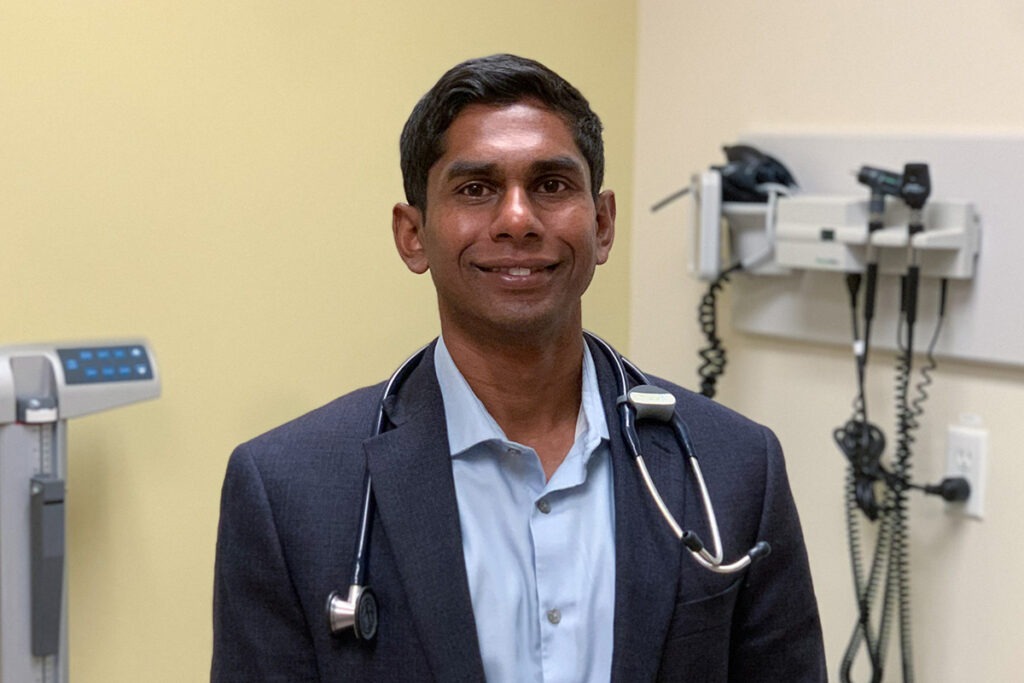From Unity Health Toronto, by Marlene Leung
A new comprehensive national guideline outlines 16 preventive care recommendations to promote health equity for people experiencing disadvantages due to racism, sexism and other forms of discrimination.
The guideline, published in the Canadian Medical Association Journal, includes recommendations for increased screening for certain cancers and heart conditions, blood testing for tuberculosis (TB), and patient self-testing for diseases like HIV and HPV. These preventive care measures are intended to detect a medical condition or disease before it progresses to a more serious stage.
Some of the key recommendations in the study include:
- Prioritizing colorectal cancer screening for patients aged 45-74
- Offering HPV self-testing for people eligible for cervical cancer screening
- Screening for TB infection in people with other risk factors, including recent immigration to Canada from a country with high rates of TB
- Screening for depression and providing appropriate support to adolescents and adults
- Screening for risk factors for poverty in all families with children, and connecting families in need with resources and supports
- Connecting patients to primary care with automatic enrollment in a primary care practice
- Removing costs and barriers for medical tests, treatments and counselling
While preventive care is already part of our health system, many people experiencing marginalization face barriers accessing this care, says Dr. Navindra Persaud, study-co-lead and Unity Health Toronto family physician and Canada Research Chair in Health Justice.
“We’re hoping people will pay more attention to the actual specific actions that can be taken to promote health equity,” he said. “Even though inequities are rooted in systemic issues, there are things that healthcare institutions and healthcare providers can do on a day-to-day basis to achieve fairness when it comes to health outcomes.”
Persaud said while the recommendations are aimed at achieving fairness and equity in health outcomes, many of these recommendations will also improve efficiencies.
For example, the common method of screening for HPV and cervical cancer is via Pap tests that are conducted by a physician during a doctor’s appointment. During the appointment, the physician collects a sample from the patient and sends it to the lab. The results are sent back to the physician, who then communicates the results back to the patient.
By offering patients the option of self-testing and sending their sample to a lab, the process is made easier for patients who may not be able to come in to clinic. It can also address disparities in who gets cervical cancer screening, said Persaud.
“It’s an example that demonstrates that when we focus on health equity, we can actually improve the system in ways that benefit everyone,” he said.
Streamlining the process for TB testing via a single blood test, rather than a multi-step skin test, will also improve efficiencies, he added.
Persaud notes these preventive measures are already available to patients, it’s just a matter of redeploying resources and focusing on groups that have been underserved.
“The resources are already there, but there are people who are not receiving these life-saving interventions,” he said. “It’s really about using what we already have more appropriately and more fairly.”

